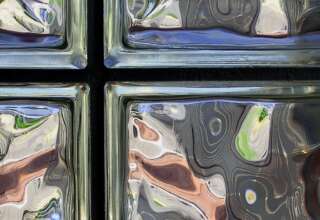
Freud (1900/1953, p. 542) has more to say about the process of censorship:
“Like all other thought structures, this dream-instigator will make an effort to advance into the Pcs. and from there to obtain access to consciousness. . . . [T]his path leading through the preconscious to consciousness is barred to the dream-thoughts during the daytime by the censorship imposed by resistance. During the night they are able to obtain access to consciousness . . .. If what enabled the dream-thoughts to achieve this were the fact that at night there is a lowering of the resistance which guards the frontier between the unconscious and the preconscious, we should have dreams which were in the nature of ideas and which were without the hallucinatory quality . . . .”
Thus, according to Freud, a dream that was not guarded would probably involve concrete plans for initiating a desired (often forbidden) act. Evil blueprints would pervade our nighttime productions. However, these plans and blueprints are not what is to be found in our dreams. Rather, as Freud mentions, our dreams are “hallucinatory” in nature. We censor by transforming plans and blueprints into fanciful actions that often hide true intentions.
With this argument in favor of the censoring function of dreams, Freud (1900/1953, p. 542) speaks directly to the regressive dynamics that operate in dreams:
“The only way in which we can describe what happens in hallucinatory dreams is by saying that the excitation moves in a backward direction. Instead of being transmitted towards the motor end of the apparatus it moves towards the sensory end and finally reaches the perceptual system, if we describe as ‘progressive’ the direction taken by psychical processes arising from the unconscious during waking life, then we may speak of dreams as having a ‘regressive’ character.”
As often found in the Jungian description of Introversion during waking hours where thoughts and images are projected on a screen residing in front of the Introverts psyche, so Freud’s dreams move backward through his psychic apparatus to appear as internal perceptions. Just as the Jungian introvert believes that the projected thought and images in front of them are “reality” the dreamer believes that the internal perceptions in front of their dream-state screen are real, external perceptions. It is only after the dreamer wakes up that they realize these perceptions come from inside their own psyche.
Freud (1900/1953, pp. 542-543) concludes his description of the proposed psychological apparatus and the process of regression by extending its application beyond the dream state:
“This regression . . . is undoubtedly one of the psychological characteristics of the process of dreaming; but we must remember that it does not occur only in dreams. Intentional recollection and other constituent processes of our normal thinking involve a retrogressive movement in the psychical apparatus from a complex ideational act back to the raw material of the memory-traces underlying it. In the waking state, however, this backward movement never extends beyond the mnemic images; it does not succeed in producing a hallucinatory revival of the perceptual images. Why is it otherwise in dreams? . . . It is probably this alteration in the normal psychical procedure which makes possible the cathexis of the system Pcpt. in the reverse direction, starting from thoughts, to the pitch of complete sensory vividness.”






